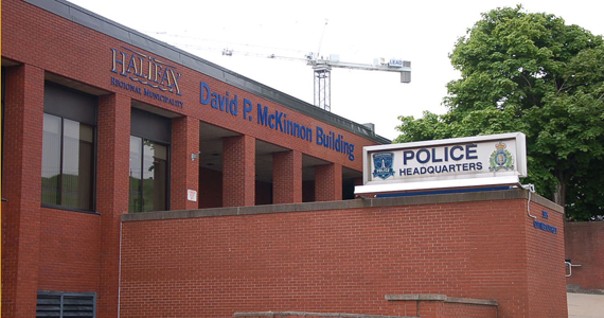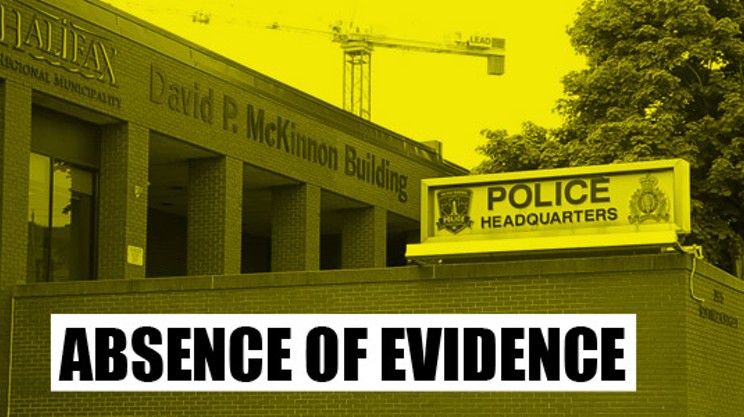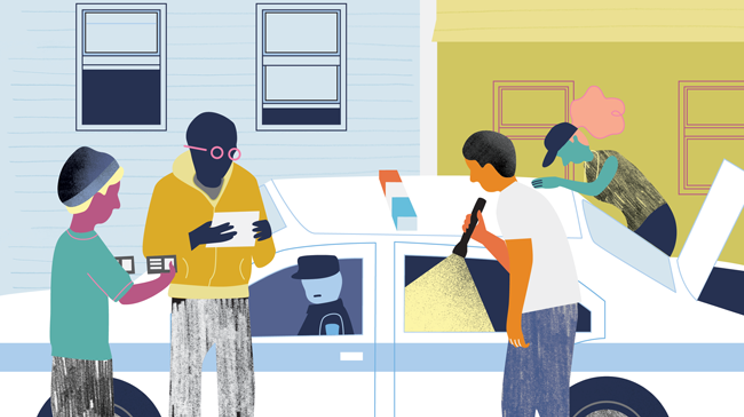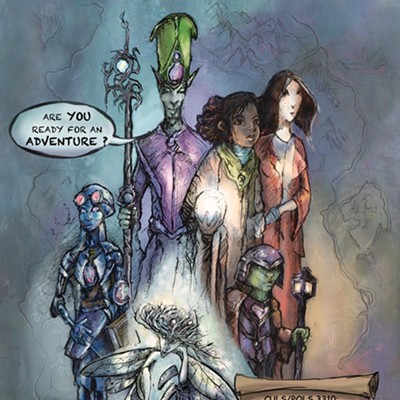Maybe it’s our Canadian politeness, but one of America’s leading experts on evidence control is surprised by the lack of public outcry after hearing Halifax Regional Police have misplaced nearly 3,000 exhibits.
“Here in the US, they would have challenged every case in the vault,” says Joseph Latta, executive director of the International Association for Property and Evidence (IAPE). “Police chiefs lose their jobs over property rooms down here all the time.”
Last week, the Board of Police Commissioners heard an update on the 2015 Drug Exhibit Audit, which had detailed numerous faults in the department's evidence control system upon its release last summer. Chief Jean-Michel Blais told the board a full drug and cash inventory subsequently conducted by police couldn’t locate nearly 3,000 items—or about 23 percent of all the drug-related exhibits in HRP custody.
“That’s horrendously high,” says Latta.
Latta works as IAPE’s primary instructor, conducting training sessions with police departments all over the United States and Canada. His Google Alerts tend to keep him apprised of missing evidence news, so he’s familiar with the stories coming out of Halifax. Still, the 31-year police veteran was surprised to hear about the sheer quantity of what can't be found.
“In any police department, that’s a bunch of stuff missing. That’s a lot. I can’t imagine they’d have that many items missing without—you know, a lot of departments are way less than one percent. They do a good job. In fact, it’s a fraction of a percent.”
Investigators are currently working to track down all the items still unaccounted for—including over eight
“That’s high. That’s high,” says Latta. “That sounds like some really horrible, horrible process procedures.”
Despite what the public and media might be quick to assume, missing evidence isn’t always the result of dirty cops, says Latta. More often than not, it’s the nature of police work being anathema to the nature of evidence storage. “Our job is to chase bad guys,” he says, not work a warehouse.“In any police department, that’s a bunch of stuff missing.”
tweet this
Property rooms also tend to be a revolving door for managers. Supervisors in some police departments don’t even have time to grasp the scope of the problem before they’re training a replacement. Latta says that’s why some of the best evidence rooms are run by civilians, who treat the job like a career instead of a punishment.
“Parts of the country, they consider the property room as the ‘penalty box,’” he says. “There’s nothing wrong with a sworn officer in there, but more often than not, they don’t want to be there.”
That doesn't mean criminal cases are unheard of. Latta points to a similar scandal in Braintree, Massachusetts that saw more than $400,000, thousands of drug samples and dozens of guns vanish from that police department’s evidence control.
Susan Zopatti, the officer in charge of the evidence room, died by suicide after being questioned by auditors last year. The Boston Globe reports that the missing items have compromised hundreds of criminal cases and triggered an investigation by the state attorney general’s office.
Closer to home, RCMP officer Craig Burnett is currently facing charges of drug trafficking for allegedly stealing upwards of 10
The 2015 Drug Exhibit Audit, meanwhile, was actually triggered by theft charges against HRP officer Laurence Gary Basso, who was accused of stealing 700
Chief Blais has maintained, and the board has accepted his assurances, that the missing HRP exhibits are the result of clerical errors rather than police thievery. But even if that's the case, the evidence control system was so spotty for so long that it's probably impossible to tell for sure.
The department appears to have been aware of the poor state of its drug vaults since at least 2007, and many of the problems stretch back decades. An Evidence Storage Audit conducted by HRP in 2014 found many of the same problems the Drug Exhibit Audit would detail a year later. Chief amongst those concerns was the leisurely pace at which old exhibits were being purged, along with easy access to storage areas by
“Two goals of evidence storage should be that you can find evidence without the use of a computer and that you do not have to move other evidence to find it,” reads the audit. “We presently miss the mark on both of these points.”
There have been a lot of improvements since then. According to last week’s update, a
Latta would like to see HRP go one step further, though, and conduct a complete inventory of its entire evidence warehouse—not just the drug exhibits. Checking what’s missing from the “general
“If they come back with a horrible error rate, they just weren't doing their job,” says Latta. “That's just, excuse the expression, piss-poor management.”
Spokesperson Theresa Rath Spicer says the department has few concerns about its non-drug exhibits—even though a full inventory hasn't taken place for several years—and that while the 2014 audit “identified recommendations through which we could strengthen our processes...it didn’t reveal significant issues.”
In total the police department is holding onto over 80,000 pieces of evidence—68,000 of which aren’t drug-related. Those exhibits can include everything from mundane items like bikes or jackets to homicide files, DNA evidence and thousands of DVDs containing videotaped police interviews. Roughly 14,000 new pieces of evidence are seized by police each year.
























